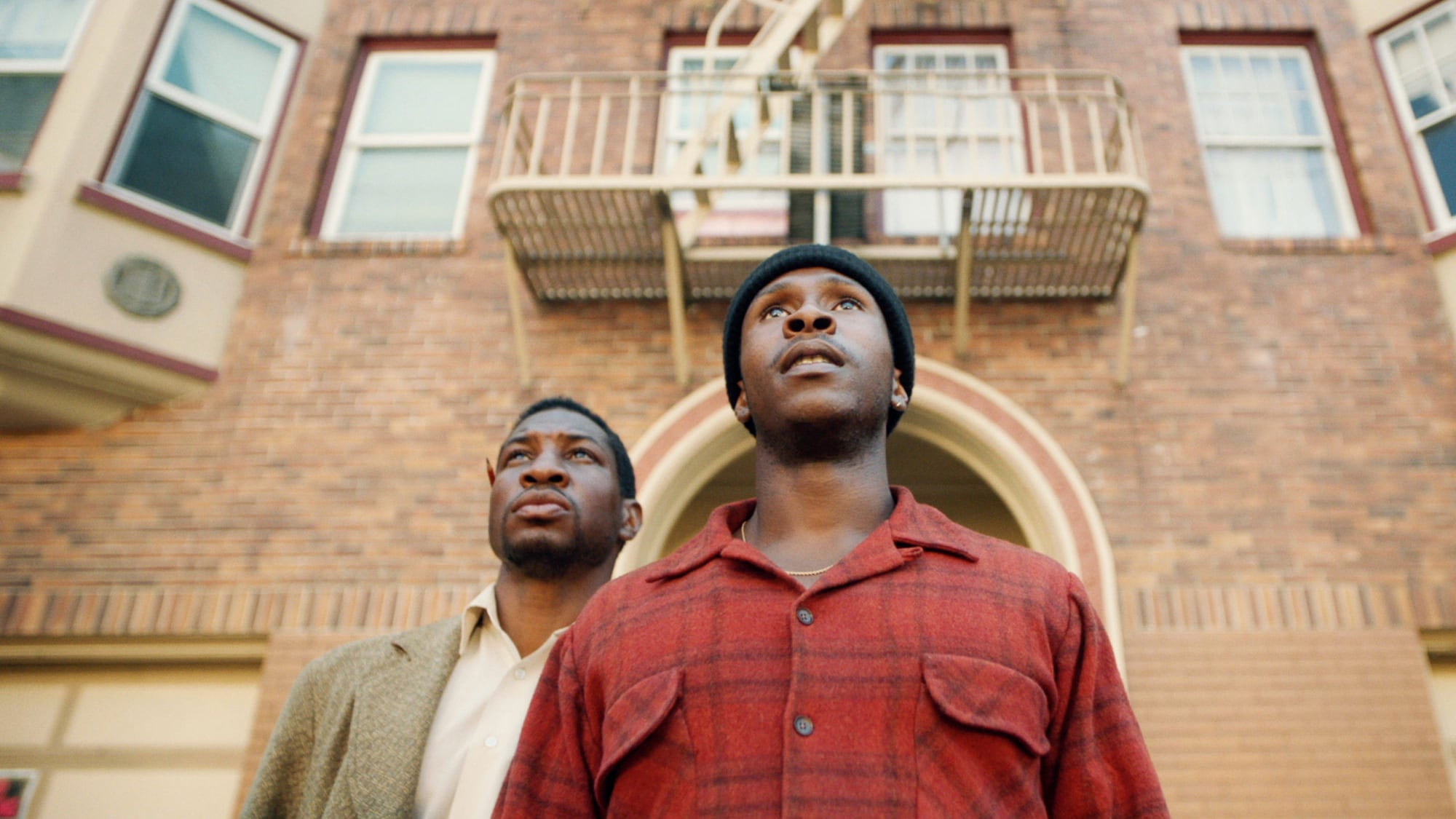One of 2019's most acclaimed debut features, The Last Black Man in San Francisco, is also one of the year's best-looking. The new drama from A24 captures the eternal horizons and more recent dead ends of a changing San Francisco in stunning morning light, invigorating movement and mesmerizing slow motion.
While the film's story of eviction and reclamation is told through the contemplative facial expressions of its star and real-life inspiration Jimmie Fails and the grand plan for the narrative was executed by first-time director Joe Talbot, it was a Portland cinematographer who was behind the camera for Last Black Man.
Adam Newport-Berra, a Corvallis native, tells WW about the challenges associated with location scouting and balancing the film's tones of "love letter" versus "breakup letter," as well as how the project ultimately renewed his faith in the medium.
WW: I read that your very first day of filming started with an epic 140-foot dolly shot. How was that for a cold open?
Adam Newport-Berra: Often on films, you start out soft, low impact so the crew can get a feel. With this, the city of San Francisco was going to put a huge fence up along that sidewalk that completely destroys the view of the bay. If we didn't get it then, we may never get it. My amazing key grip was laying all that dolly track when it was still dark out. That kind of set the tone for the entire shoot: every day trying to do the impossible.
That red tape seems to reflect the movie's theme of San Francisco becoming less accessible and livable. How did you find it as a place to shoot?
Very mixed. The local crew and people supporting the film were a family like I'd never seen before. Joe [Talbot] had so many friends helping in ways that weren't orthodox: spotting locations or even being in the film. Less positive was working with the city. A lot of the neighborhoods we were shooting in are being bought up by millionaires who couldn't care less about this story. As frustrating as that was, it was also vindicating, like, OK, this story is relevant.
Visually, how did you balance the film's fantastical elements with its more grassroots political message?
We wanted to romanticize the city. It was important the viewer fell in love with the city the same way Jimmie does, elevating that world to feel as big as possible. But then what grounds it is the writing, and Jimmie's and Jonathan Majors' performances: beauty and grandeur versus the intimacy and the scrappiness.
There's an incredible amount of movement in the movie, too—skateboarding, running, booking it on and off buses…
Joe was very adamant that it should feel like we're touching every part of the city. We wanted something sweeping on a physical level, even a musical level. That forward progression is important because Jimmie keeps running into walls. He knows what he wants; it's just getting over the obstacles.
Can you break down some of the film's very memorable use of slow motion?
The super-slow motion is shot with an entirely different camera. A normal camera shoots 24 frames a second, and the Phantom shoots anywhere from 1,000 to 2,000 frames a second. It suspends time in this beautiful way. The film is also very photographic, which is something Joe and I aspired to: nostalgic, romantic, iconic, building the myth of these people.
To be frank, you've shot one of the best-looking films of 2019. Are new people calling and wanting to work with you?
I'm proud of all my work, but this is one of my first films to excel into the public eye. There are plenty of opportunities to make something beautiful that may not also be a great movie. And this really clicked. This film also just reaffirmed my faith in this industry and art. More than anything, I've been hearing from younger filmmakers who are excited about the movie.
SEE IT: The Last Black Man in San Francisco screens at Cinema 21, 616 NW 21st Ave., cinema21.com. Multiple showtimes. $7-$10. The film also streams on Amazon.
